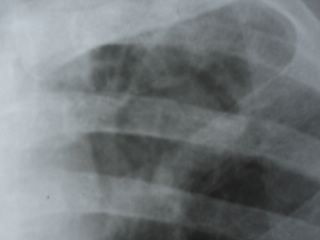Screening US and CT for blunt abdominal trauma: A retrospective study.
Marco GG, Diego S, Giulio A, Luca S
Institute of Radiology, Polytechnic University of Marche Medical School, Umberto I Hospital, Ancona, Italy.
OBJECTIVE:: To assess the accuracy of screening US and CT in patients with blunt abdominal trauma admitted to the trauma centre of our General Hospital.
RESULTS:: Screening US exhibited a satisfactory overall ability to distinguish negative from positive patients (91.5% sensitivity and 97.5% specificity in major trauma patients versus 73.3% sensitivity and 98.1% specificity in the minor trauma group) and a satisfactory specific ability to depict all injuries in major trauma patients. In minor trauma cases sensitivity was satisfactory for free fluid but unsatisfactory for organ injuries. Of the 21/864 false negative reports (5 in patients with major and 16 in cases with minor traumas), only one affected patient management, a major trauma case, by delaying an emergency laparotomy. The performance of CT in detecting each single lesion was predictably excellent in both patient groups.
CONCLUSION:: Its satisfactory accuracy for major trauma suggests that US could be employed not only to screen cases for emergency laparotomy but also as an alternative to CT. However, since major traumatic injuries generally carry an imperative indication for CT, especially as regards neurological, thoracic and skeletal evaluation, US should be employed to perform a prompt preliminary examination using a simplified technique in the emergency room simultaneously with resuscitation.
Full Article at-

